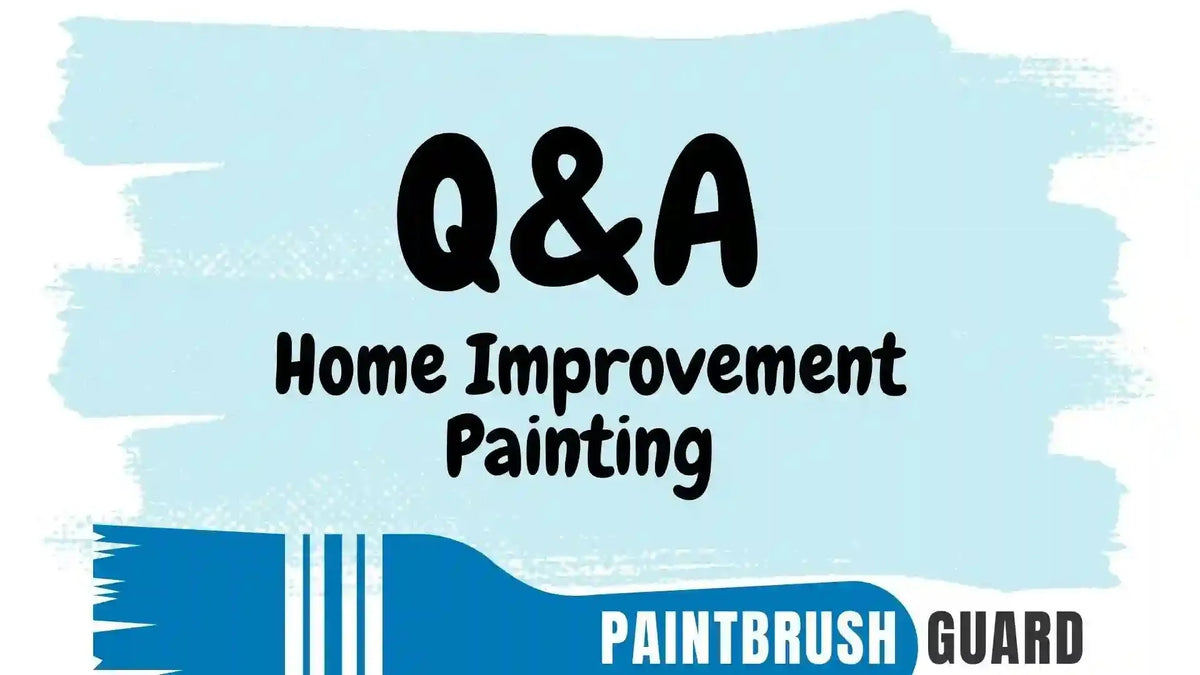
Is it better to paint a door standing up or laying down?
|
Time to read 7 min
|
Time to read 7 min
This article dives into whether it’s better to paint a door standing up or laying down, covering the benefits and challenges of each method for interior and exterior doors.
We’ll also address common questions to guide your painting project, whether you’re refreshing a front door or updating interior panels.
Read our exterior door painting guide: This guide explores every step of exterior door painting, from preparation, priming and painting, empowering homeowners to achieve a flawless outcome.
The position in which you paint a door, standing up or laying down, plays a big role in the final look and efficiency of your project. Doors, whether wood, metal, or fiberglass, require careful application to avoid runs, sags, or uneven coats, especially for exterior wood painting projects.
Painting a door standing up allows quick access to both sides but can complicate achieving a smooth finish. Laying it down offers better control over paint flow but demands more setup. Choosing the right method saves time and ensures a durable, polished result.
Door painting: This article explores why these three colors are poor choices for front door paint, offering insights into better alternatives and tips for a stunning, long-lasting finish.
Painting a door flat on a workbench or sawhorses minimizes drips and allows gravity to help create a smooth, even coat. This method is popular among DIY painters aiming for a professional finish, especially for detailed or paneled doors that need precision.
This approach, requiring 2 to 3 hours per door, suits projects prioritizing quality.
While laying a door down offers a smooth finish, it comes with logistical challenges that may affect your painting project.
Understanding these hurdles helps you plan effectively, especially for exterior wood painting tasks.
These issues can be managed with proper planning and a clean workspace.
Painting a door while it’s still hung in its frame prioritizes speed and convenience, making it a go-to for quick refreshes or when space is limited.
This method suits busy DIY painters tackling interior or exterior doors.
Is it cheaper to paint an exterior door or buy a new one? This article explores the cost comparison, factors influencing the decision, and tips for painting an exterior door to achieve a durable, attractive finish, helping you make an informed choice.
This method works well for fast projects with simpler door designs.
Painting a door standing up can lead to challenges that affect the quality of your finish, particularly for exterior wood painting where durability is key. Awareness of these issues ensures you’re prepared for a successful project.
These drawbacks call for steady hands and attention to detail.
Whether you paint a door standing up or laying down, following best practices ensures a durable, professional finish. Proper preparation, tools, and techniques are critical for interior or exterior doors.
These steps, taking 3 to 5 hours total, deliver a flawless result.
Discover the best outdoor paint for wood in our ultimate guide! Explore top brands, application tips, and expert advice to protect and beautify your wood .
Deciding whether to paint a door standing up or laying down depends on your project’s needs, such as door type, available space, and desired finish. Evaluating these factors helps you pick the best method.
This 20 to 30 minute assessment ensures the right choice for your needs.
Position |
Best For |
Time Impact |
Challenges |
Laying Down |
Detailed doors, smooth finish |
+2 to 3 hours |
Hardware removal, space needs |
Standing Up |
Quick jobs, simple doors |
+1 to 2 hours |
Drips, precise taping |
This table helps you weigh the best painting position.
Learn how to prep, prime, and paint doors with eco friendly paint for a strong, pretty finish. Discover sustainable painting tricks for smooth, drip-free doors in this step-by-step guide.
Choosing whether to paint a door standing up or laying down shapes the quality and efficiency of your painting project. By weighing benefits, challenges, and project specifics, you’ll achieve a stunning, durable finish.
Removing the door is recommended when painting it laying down to achieve a smooth, drip free finish, especially for exterior wood painting. It takes 30 to 60 minutes to remove hardware and set up sawhorses, but ensures even coverage, critical for a professional look.
The position standing up or laying down affects the finish quality and ease of door painting. Laying a door flat prevents drips and ensures even coverage, ideal for smooth, professional results, while painting standing up saves time but risks drips and uneven application, especially for exterior wood painting projects.
Painting a door laying down prevents drips and runs by using gravity for even paint distribution, allows smoother brush or roller application, simplifies sanding between coats, and is ideal for heavy coats or primers. This method, taking 2–3 hours per door, ensures a high-quality finish, particularly for detailed or paneled doors.
Painting a door standing up increases the risk of drips and runs, makes even coverage harder on paneled or textured doors, requires precise taping around hinges and frames (adding 20–30 minutes), and can be affected by weather exposure for exterior doors, necessitating careful application for a quality finish.
Clean the door with mild detergent and water, sand with 120–220 grit sandpaper for adhesion, use high-quality acrylic latex paint with a 2-inch angled brush or small roller, apply thin coats, and protect surroundings with painter’s tape and drop cloths. Use the Paintbrush Guard to keep brushes ready during breaks for a flawless exterior or interior door painting result.
Choose laying down for detailed or paneled doors, when space is available, or for high-quality finishes, despite longer setup (30–60 minutes) and drying times (4–6 hours per side). Opt for standing up for quick jobs, simple doors, or limited space, reducing project time to 1–2 hours, but monitor for drips and ensure precise application. techniques for sanding doors door hardware maintenance

